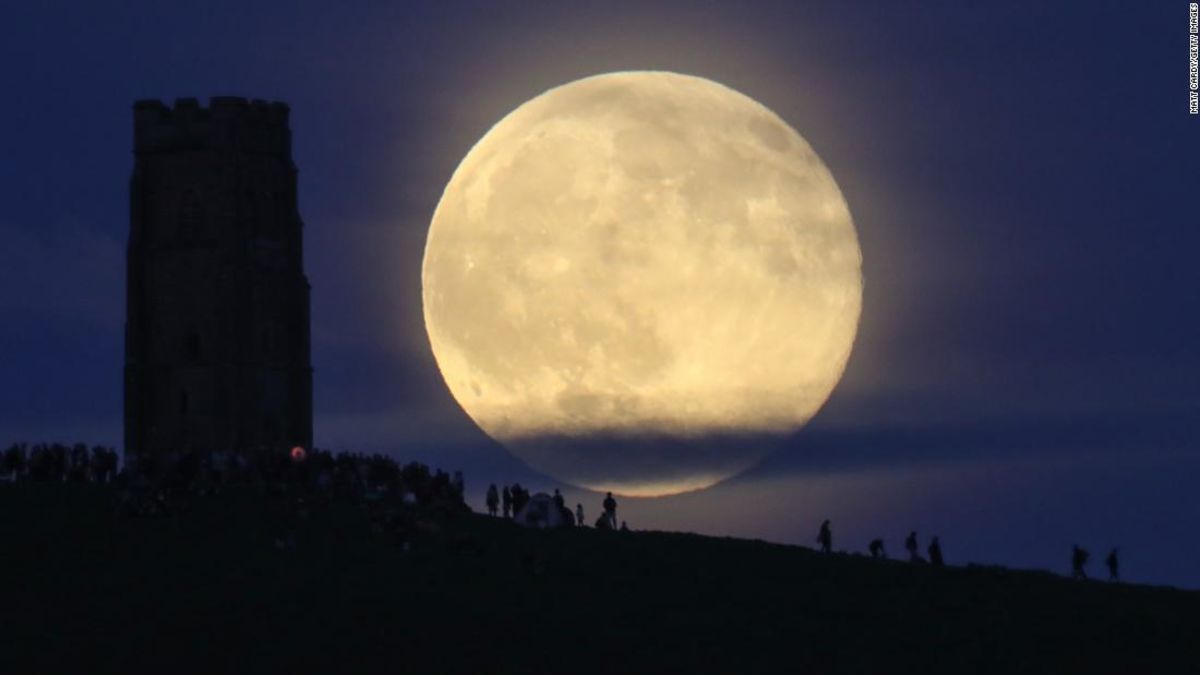
(CNN) — It's time for another noteworthy celestial event. Be sure to cast your gaze toward the sky for 2019's Strawberry Moon. And for the keen-eyed, there's a heavenly bonus with a prominent appearance from one of our fellow planets.
What's the best time to see it?
The peak of the full moon happens depending on your time zone.
In the Eastern Time Zone of the United States, that will happen at 4:30 a.m. Monday, June 17. On the West Coast with Pacific Time, the peak will be 1:30 a.m. On the other side of the globe, New Delhi, India, will see peak time of 2 p.m.
"My favorite time to watch the full moon is as it is rising over the eastern horizon. When the moon is low on the horizon, it allows you to capture the view with objects in the foreground, making the moon appear bigger," Jones said.
"Say you are in the city, and you're watching between a couple of buildings or over the skyline, it will make it feel that much bigger and give it more impact." He adds that if you're around the ocean, a lake or mountains, the perspective could be very pleasing.
Special guest
Now, about that heavenly bonus. You may notice a bright object floating just above the moon. That will be not a star, but Jupiter.
What's next?
And the next full moon after the Strawberry is the Full Buck Moon on July 16.
from CNN.com - RSS Channel kalo berita gak lengkap buka link disamping https://cnn.it/2FfdUts
No comments:
Post a Comment